Conserving the Mary River Turtle
The focus of the on-ground conservation efforts has been to increase the survival of eggs and hatchlings.
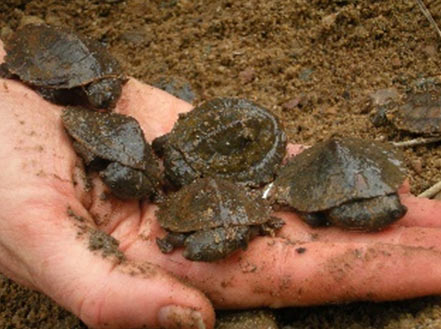
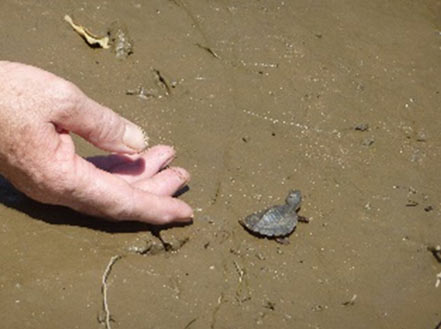
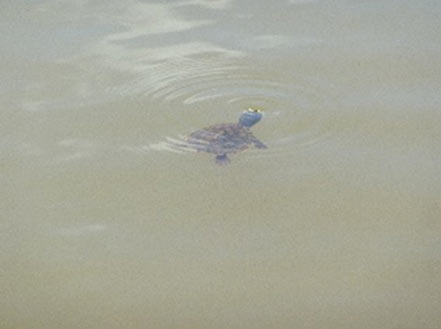
In-situ conservation
Nests are protected in-situ, that is where they are laid. This technique involves minimal intrusion into the way this turtle has carried out its life history through eons of natural selection. During nesting season, our Project team are up early in the morning, scouring the riverbank for nests. By applying protection measures to individual nests, the eggs can incubate under natural conditions.
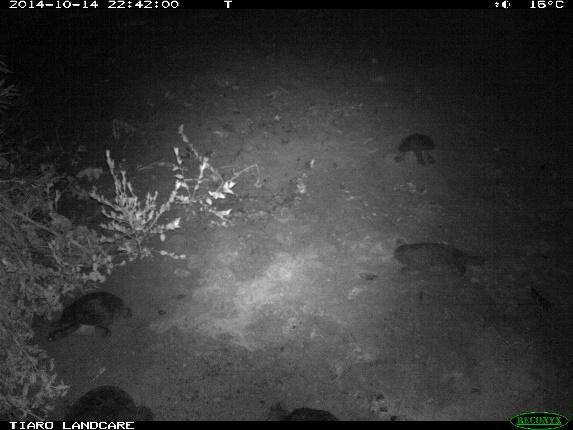
Some nesting banks are fenced to reduce cattle trampling of turtle nests.
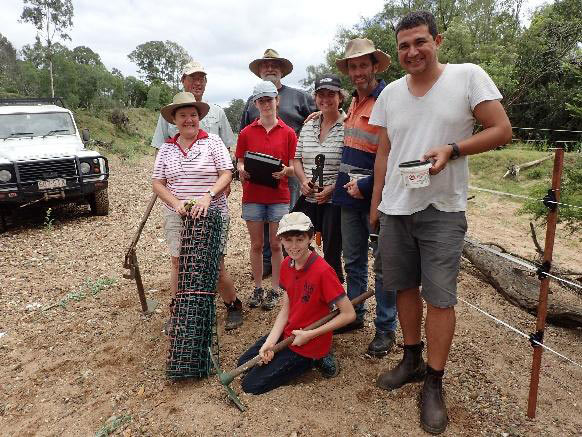
At the end of the incubation period, protected nests are excavated and the number of successfully hatched eggs are counted. The project has achieved a hatching success rate of 64% over the lifetime
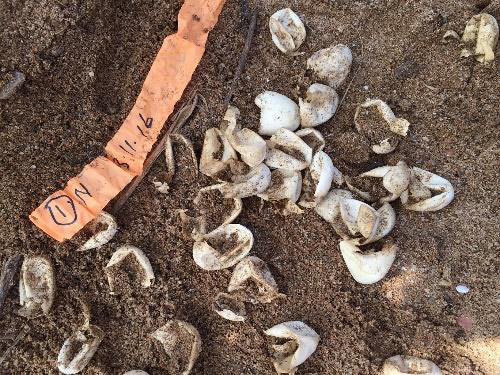
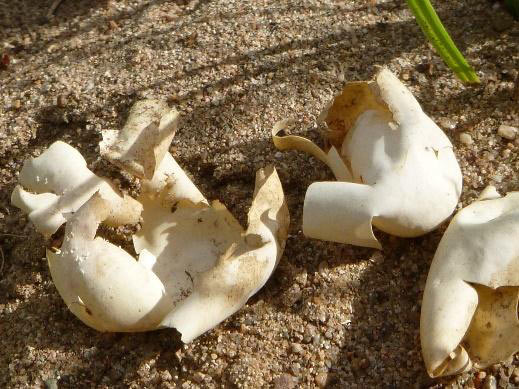
Antipredator techniques
Tiaro Landcare is collaborating with three local governments (Fraser Coast, Gympie and Sunshine Coast) to minimise the predation of turtle nests by non-native animals that feast on turtle eggs. These actions benefit turtles nesting over much of the length of the river, they decrease the mortality of adult female turtles, reduce predation of nests, and simultaneously reduce the loss of livestock.
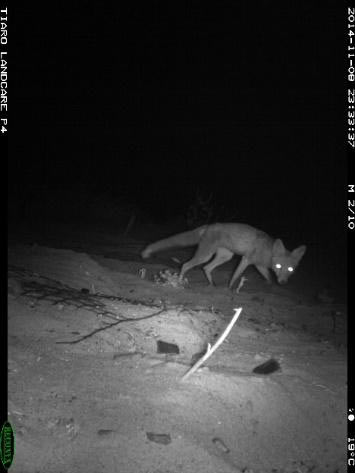
Riparian management
Tiaro Landcare works in partnership with the Mary River Catchment Co-ordinating Committee in assisting landholders with management of their riverbank and turtle habitat. This includes weed control and reducing livestock access to the river by fencing the riverbank and installation of off-stream watering.

